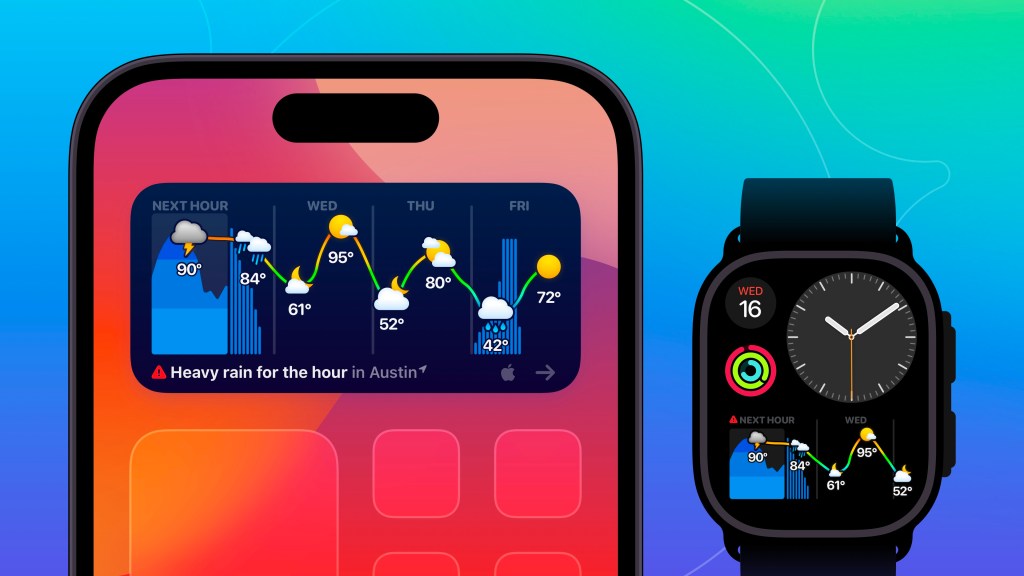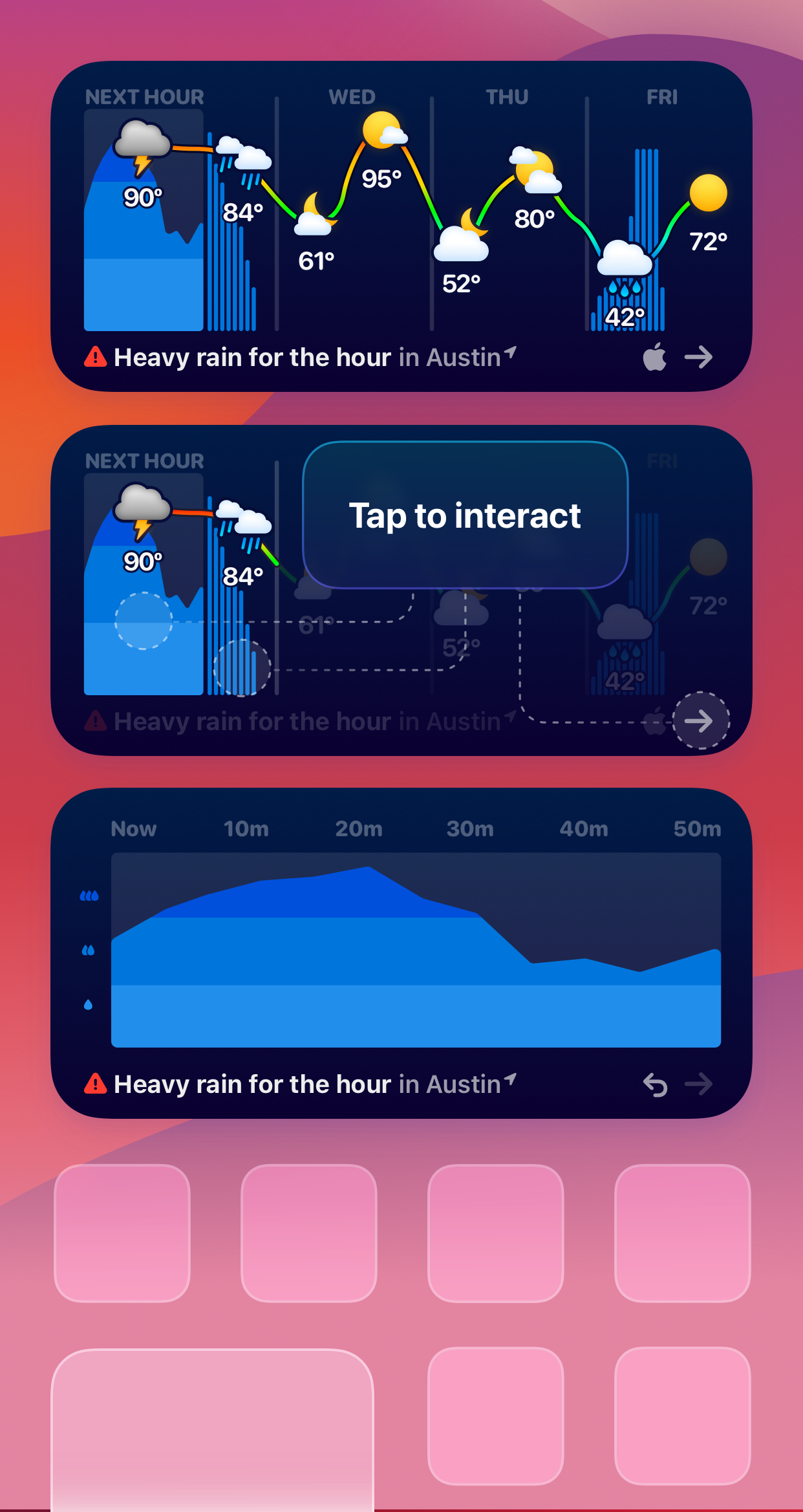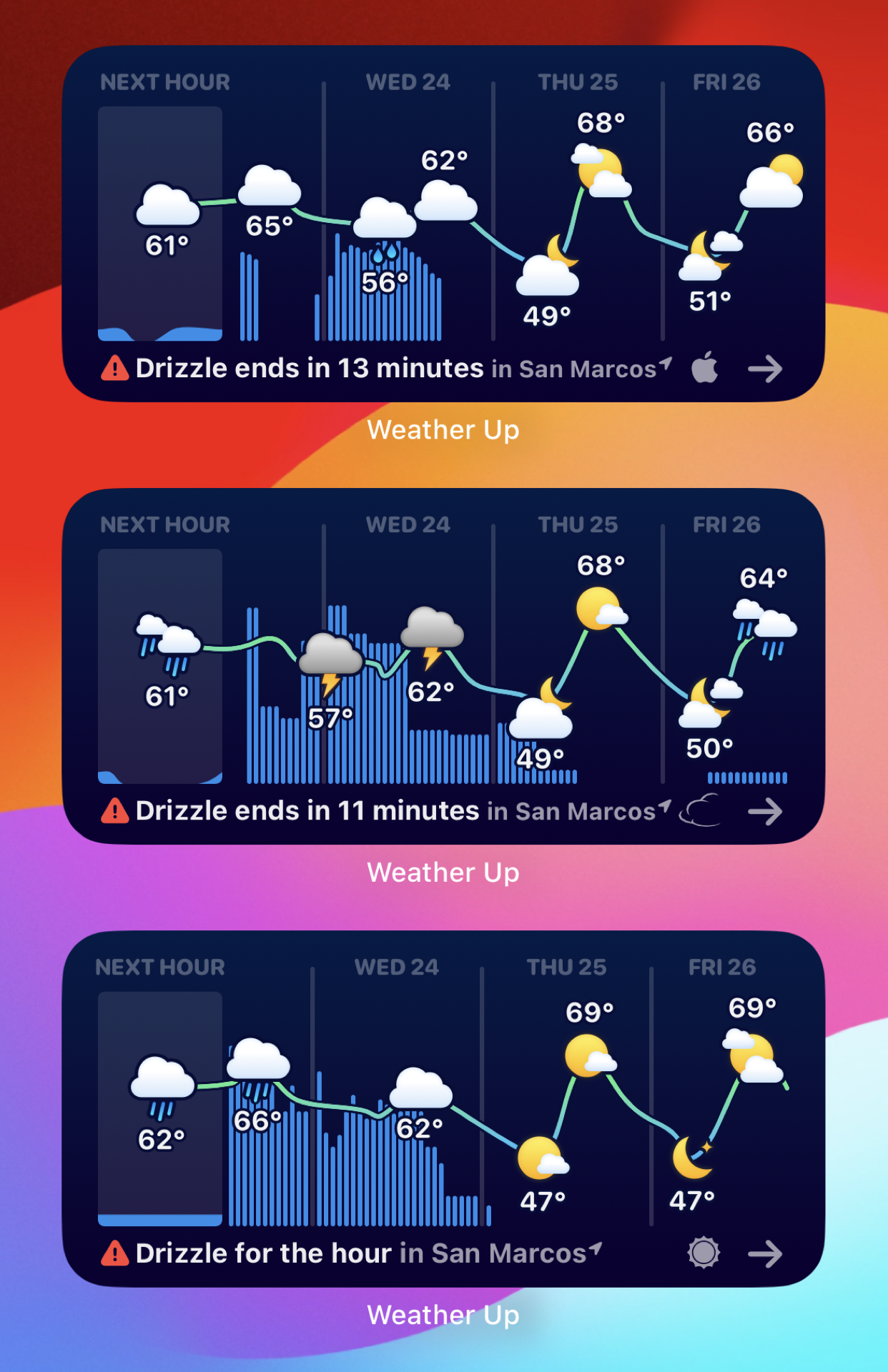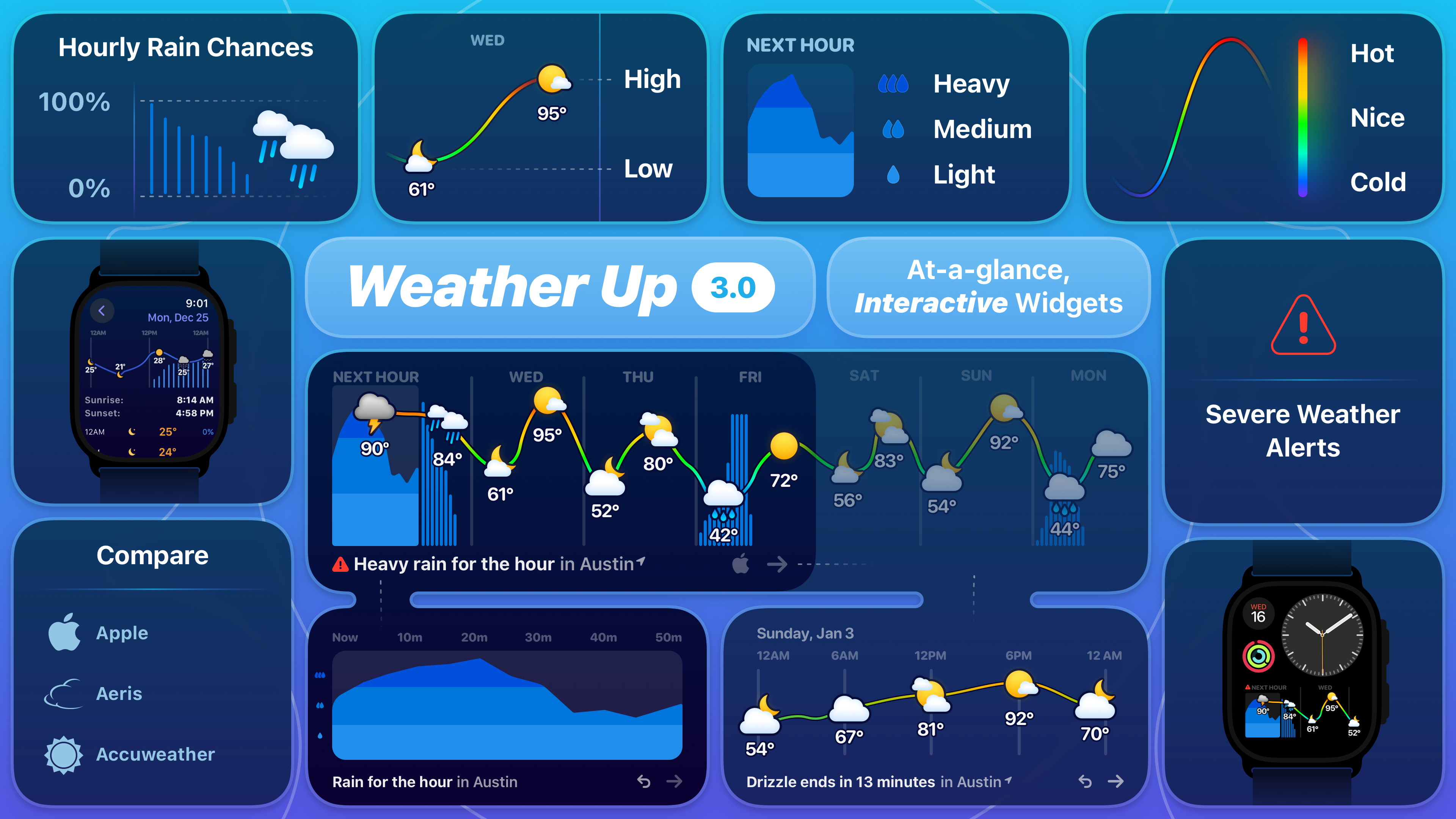
A new iOS app called Wayther wants to help you better plan your road trips by giving you real-time road conditions and weather forecasts along your route. Created by indie developer Axel Le Pennec, Wayther gives you weather forecasts along your route up to 10 days in advance.
Le Pennec, who has been building iOS apps since 2013, told TechCrunch that he came up with the idea for Wayther after adding a weather forecasts feature for his digital boating log book app, Skipper.
“In addition to having the ability to record a boat trip in Skipper, I also wanted to add a new feature that would allow users to plan a future trip and check the weather along the route,” Le Pennec said. “I realized that it was a nice feature for the app, but maybe it was also an idea for another app that could be used by more users like truckers or travelers.”
Le Pennec then decided to create Wayther.

Wayther lets you pick different routes and adjust your departure or arrival times to find the perfect window for a safe and fun trip. The idea behind the app is to get rid of the need to type multiple locations into a weather app when planning a road trip and trying to determine when potentially bad weather might hit.
You can identify severe weather alerts, poor visibility and night driving conditions. Plus, you can plan out your trip during scenic times like sunrise or sunset.
Once you enter your starting point and destination into the app, it will give you three routes from which to choose. Wayther then gives you detailed weather forecasts at different points along your route. The app’s interactive map will show you a trip overview and detailed timeline.
The app works in all countries where Apple Weather is available and supports both metric and imperial units. Wayther isn’t just aimed at car trips, as it can also be used for motorcycles, RVs, trucks, buses and bikes too.

Le Pennec told TechCrunch that this is just the first version of the app, and that he has a slew of features planned, such as the ability to add stops, view route history, save favorites and see live updates while driving. Le Pennec is also waiting on authorization from Apple to build a CarPlay app, and is also working to add better OS integration with widgets, Live Activity and Siri shortcuts.
In addition, Le Pennec wants to make the app available in more languages, starting with French, German, Spanish and Italian.
Wayther offers a free trial that gives three trips for free. After the trial period, you can choose from $1.99 weekly, $2.99 monthly or $14.99 yearly plans.





